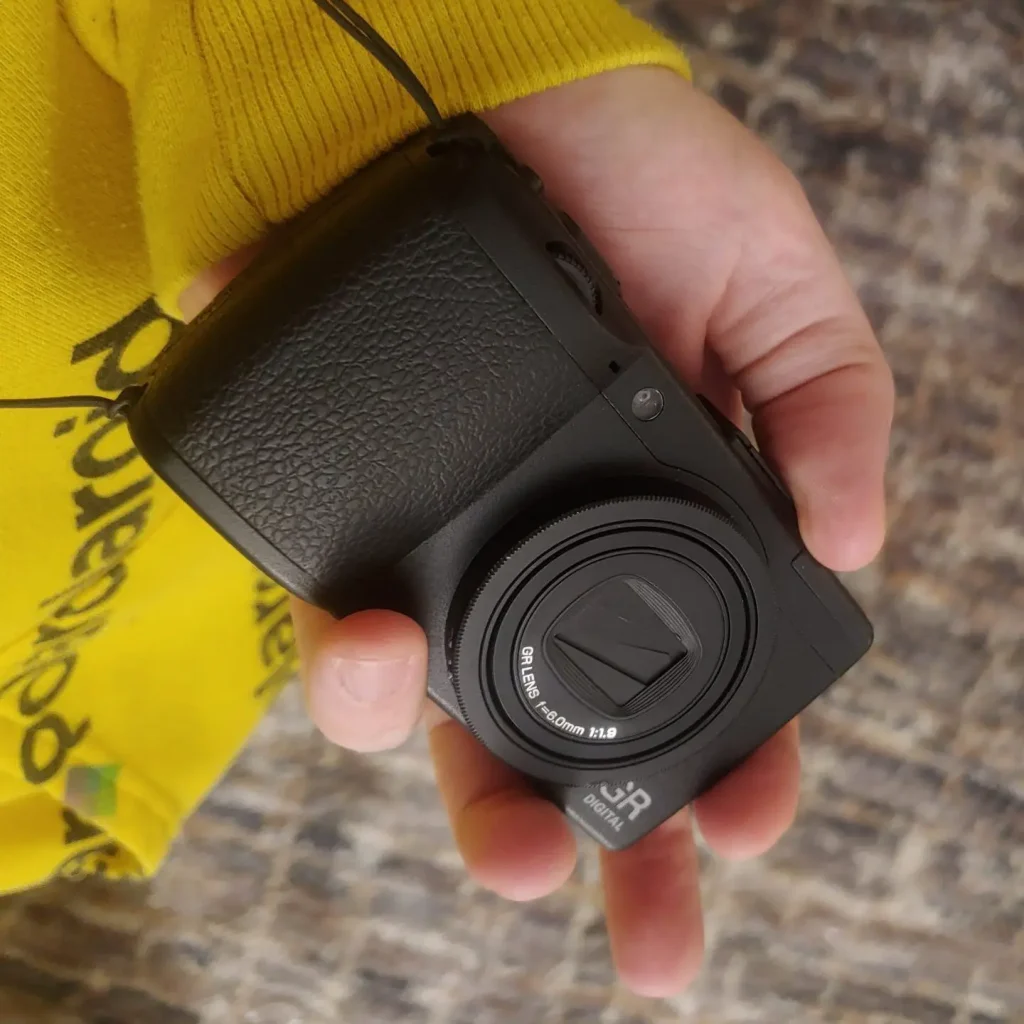
After shooting for a while with 50mm and 40mm fixed lens cameras, I stumbled onto a Ricoh SLR and the old guy at the shop offered me a Pentax 28mm lens for cheap to go with the ...
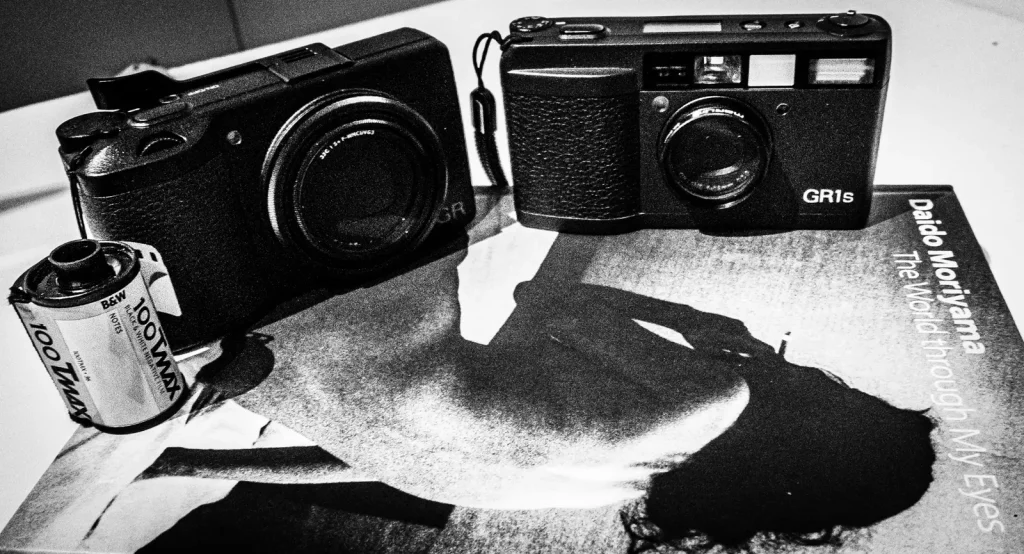
I am sure to get some grief about this piece given that my last article on the analog Ricoh GR1s ended with my resolution that I was not interested in buying a digital GR. Well,...
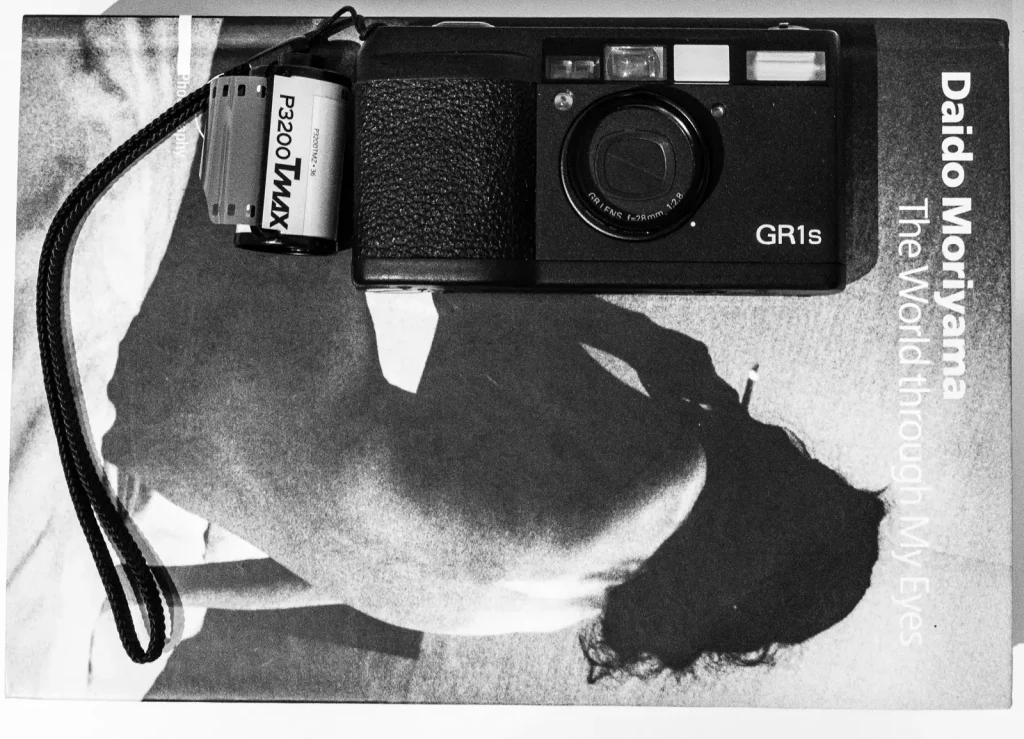
The Ricoh GR cameras have had a kind of cult following as a street photographer’s tool of choice going back to the days when Daido Moriyama was roaming the streets of Kabukicho ...
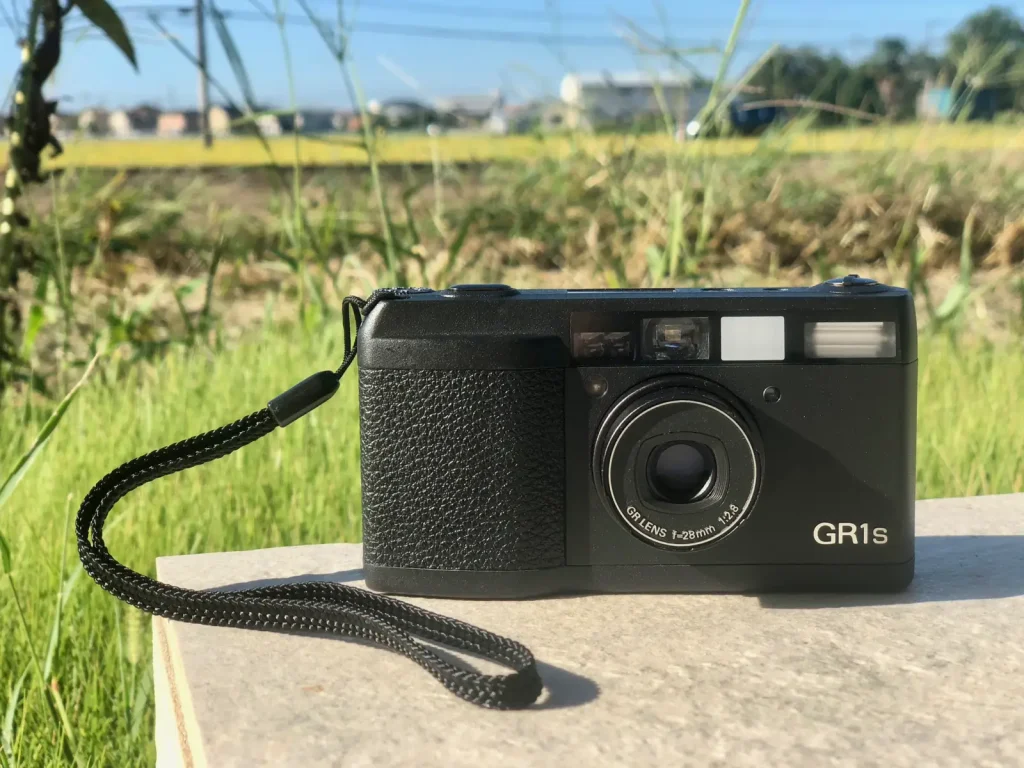
I live in Tsukuba, Japan—home to Japan’s foremost science university as well as most of the government’s R&D institutes. I love living in Tsukuba because of its easy access to T...
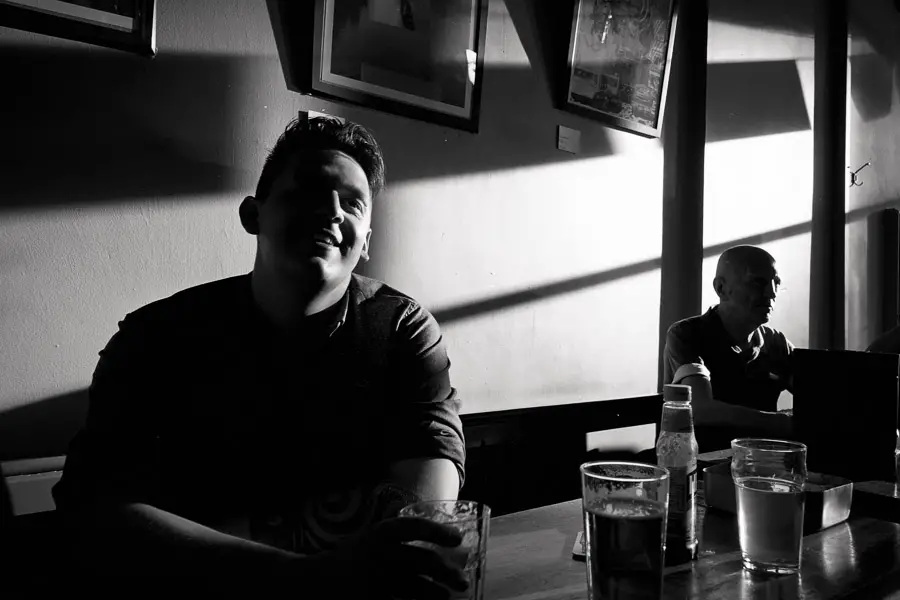
I would be fibbing if I said my late teens and early 20’s weren’t somewhat filled with the actions of a self confessed hedonist. But life changes these ways, respons...




